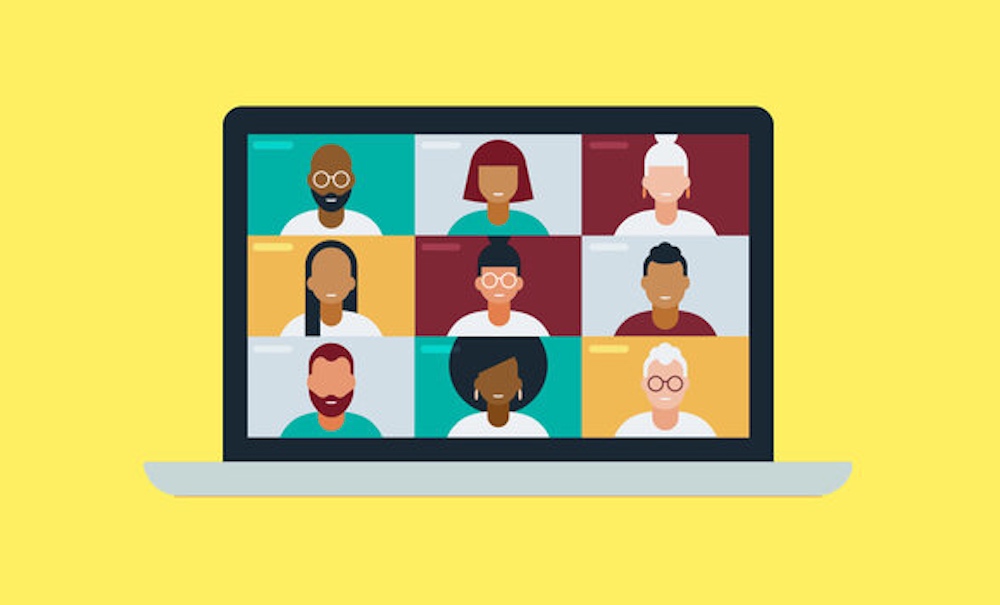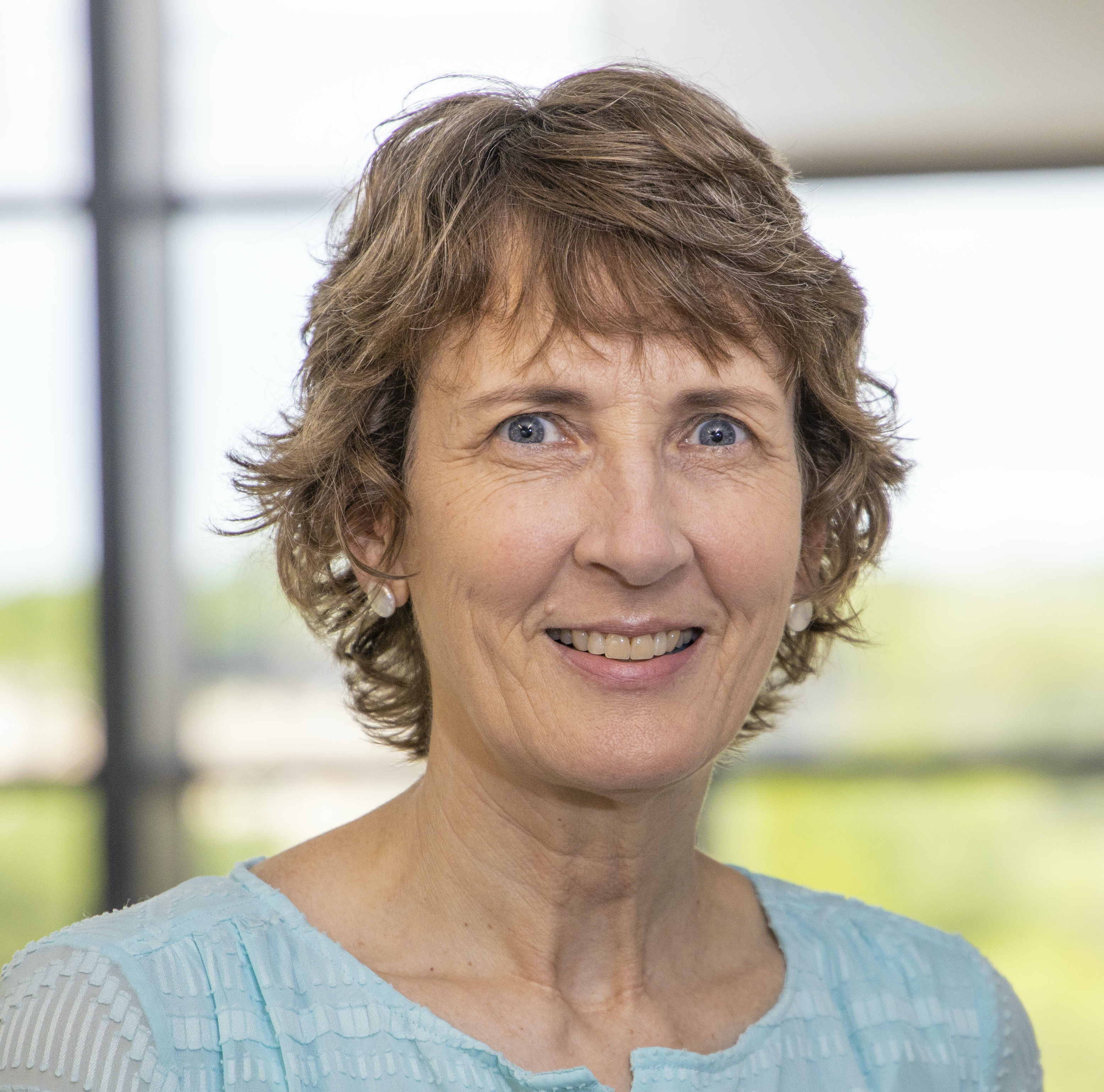2nd Annual International Telesimulation in Healthcare Conference: Building a Sustainable Future for Telesimulation
Telesimulation is becoming an increasingly important topic across the fields of medical education and training. Sponsored by Weill Cornell Medicine New Presbyterian Simulation Center and brought together over 100 simulationists from across the globe, the 2nd Annual International Telesimulation in Healthcare conference was held on September 23, 2021. Participants gathered to hear from some of the pioneers in telesimulation, a virtual simulation strategy that uses web-based videoconferencing technologies to connect educators, learners, and clinical simulation modalities occupying physically separated spaces. During these sessions, the instructor observes the learners in real-time and provides immediate feedback during the debriefing. The telesimulation platform can also be used as a professional development tool; an experienced simulation educator can directly observe and support new healthcare simulation facilitators operating from a remote location.
This conference was a call to action for clinical simulation researchers to conduct studies and collect data to support this burgeoning healthcare simulation modality. The one-day schedule was jammed pack with interactive workshops, poster & storyboard sessions, a vendor educational exhibition, and keynote addresses from internationally recognized experts in healthcare simulation-based education. Attendees have access to recordings of all the sessions through the end of the year; that is more than 15 hours of content available on-demand for over three months. This was all included in the $150 registration fee, making the 2nd Annual International Telesimulation in Healthcare conference, one of the best values in clinical simulation professional development.
Distance or remote approaches to healthcare simulation-based education existed prior to COVID-19 but the restrictions imposed by the global pandemic fueled rapid growth in telesimulation activities. Many of the virtual simulation activities available at the start of the pandemic, were designed as asynchronous experiences. Telesimulation grew from the desire to engage remote learners and educators in synchronous clinical simulation-based education activities with facilitated debriefing sessions. Videoconferencing platforms such as Zoom, Skype, Google Hangouts, BlueJeans and WebEx, allow simulationists to provide interactive healthcare simulation with immediate feedback, wherever there is internet access, extending the capabilities of clinical simulation programs beyond the walls of their healthcare simulation labs.
Sponsored Content:
Growing pains were inevitable, and organizers of the conference conceded much of what was created during the early days of the pandemic was by trial and error. Still today, few guidelines exist, and standardization of processes and terminology is lacking. The conference theme, “Building a Sustainable Future” (BASF 2021), acknowledged there is work to be done if telesimulation is to reach its full potential, in terms of acceptance and incorporation.
The organizers emphasized the need to strengthen the foundation of telesimulation by generating more evidence through research of this evolving healthcare simulation methodology. Last year, at the inaugural event, the intention was to share ideas and resources so clinical simulation educators could learn to use videoconferencing technologies to cross the physical divides created by COVID-19. The selection of that conference’s theme, “Preparing for the New Normal” showed incredible insight on the part of the organizers – recognizing and responding to the pandemic’s immediate impact on education and forecasting that even when things return to normal, they will not go back to the way they were. The global pandemic pushed distance simulation-based education and assessment into the mainstream. This is no longer an “if-needed” option, but rather, an “as-needed” or even, the “go-to” approach to experiential learning.
The importance of standardizing the terminology used to describe telesimulation was discussed and presenters discussed the challenges caused by the lack of consensus in naming this clinical simulation-at-a-distance approach, including virtual, distance, remote, spatially-separated, and telesimulation. The 2nd edition of the Healthcare Simulation Dictionary recognizes these, and several other terms related to healthcare simulation at a distance. The terminology attempts to differentiate between the entries within the definitions supplied (Lioce & Lopreiato, 2020). Telesimulation is a subset of distance or remote simulation. Three clusters of telesimulation activities can be identified by their remote aspect: Remote Access Facilitator, Remote Access Learner, and Interactive or Remote Storytelling.
These three clusters exist as a spectrum, rather than clearly defined entities; oftentimes, aspects bleed over from one subset to another. The defining feature of telesimulation is its use of videoconferencing or communications technology to span the distance between educator and learners, learners and manikin or other healthcare simulation modality, or all three components: educator, learner, and clinical simulation modality (Calhoun, Cheng, & Ng, 2021).
Sponsored Content:
An editorial in the June 2021 issue of the BMJ Simulation and Technology Enhanced Learning called for a “common blueprint” for remote distance telesimulation. Of note is the authors’ use of all three terms in naming the technique. This piece cited Shneider’s four stages of development of any new discipline or innovation of an established discipline. In their opinion, telesimulation is on the brink of the second stage, the development of new vocabulary to describe the innovation. This stage is focused on clarifying terms and definitions.
The standardization of language will facilitate sharing of ideas and findings from research, necessary activities for the continued advancement of the science behind telesimulation (Duff et al., 2021). The murkiness of the terminology is not the only uncertainty that threatens telesimulation. The lack of guidelines and standardization are obstacles for those wanting to implement telesimulation activities. The pandemic dramatically accelerated the implementation of online teaching and simulationists got creative. A slew of inventive approaches for delivering healthcare simulation-based education across spatial divides was created overnight. Some of these techniques worked well, while others were less effective; some flat-out did not work (Leighton, 2021).
Participants were treated to an engaging opening plenary presentation featuring three innovators in telesimulation: Dr. Aaron Calhoun, director of the Simulation for Pediatric Assessment, Resuscitation, and Communication (SPARC) program at Norton Children’s Hospital in Louisville, KY; Dr. Adam Cheng, a professor and researcher at the University of Calgary in Calgary, Canada and co-founder of the INSPIRE (International Network for Simulation-based Pediatric Innovation, Research, & Education); and Dr. Grace Ng, the Nursing and Health Professions Director at NYSIM-NYU Grossman School of Medicine, and part-time faculty at the Center for Medical Simulation (CMS).
These three presenters spent a great deal of time collaborating on this plenary session. Their presentation, entitled “Breaking Down Barriers: The Transformation of Telesimulation”, was delivered as a telesimulation activity titled “The Huddle”, and the interactive approach was successful at driving home key points through audience participation. The learning objectives set forth at the start of the session were met: define three different clusters of telesimulation; describe how the Communities of Inquiry framework applies to telesimulation; and highlight strategies to enhance telesimulation-based education (Calhoun, Cheng, & Ng, 2021).
Closing remarks were delivered by Dr. Kim Leighton, Executive Director of Itqan Clinical Simulation and Innovation Center at Hamad Medical Corporation in Doha, Qatar. Dr. Leighton’s expertise in the development and psychometric analysis of evaluation tools for healthcare simulation served to galvanize conference attendees to respond to this call for action, research of telesimulation methodologies. Dr. Leighton posed several questions to those gathered and admitted she would be providing few answers. Those will need to come from future studies conducted by members of the assembled. What is sustainable must now be determined.
The research will guide simulationists in determining which activities should be kept, which should be discarded, and which ones need refinement. To adequately evaluate telesimulation interventions, valid and reliable instruments are needed. Current tools used to study other clinical simulation modalities, may or may not be transferable to telesimulation (Leighton, 2021).
So, in keeping with the building theme of the conference, telesimulation is now a formidable structure erected quickly. And while this structure stands tall, looking impressive and demanding attention, closer inspection reveals a less than adequate foundation. Construction shortcuts were taken to allow for earlier occupancy. To ensure the telesimulation’s stability and longevity, the approach to distance healthcare simulation must be shored up. The team of organizers from Weill Cornell Medicine New York-Presbyterian Simulation Center was among the first to recognize the needs surrounding telesimulation and their commitment is apparent. They are already at work on the third installment of this international telesimulation conference. Mark your calendars for September 22, 2022; how telesimulation evolves between now and then will undoubtedly be interesting.
Learn More About the 2nd Annual International Telesimulation in Healthcare Conference
- Calhoun, A., Cheng, A. & Ng, G. (2021, September 23). Breaking down digital barriers: The transformation of telesimulation. [Keynote presentation]. Building a Sustainable Future: 2nd Annual International Telesimulation in Healthcare, Virtual.
- Cheng, A., Kolbe, M., Grant, V., Eller, S., Hales, R., Symon, B., Griswold, S., & Eppich, W. (2020). A practical guide to virtual debriefings: Communities of inquiry perspective. Advances in Simulation, 5(1). https://doi.org/10.1186/s41077-020-00141-1
- Duff, J., Kardong-Edgren, S., Chang, T. P., Elkin, R. L., Ramachandra, G., Stapleton, S., Palaganas, J. C., Kou, M., & Gross, I. T. (2021). Closing the gap: A call for a common blueprint for remote distance telesimulation. BMJ Simulation and Technology Enhanced Learning, 7(4), 185–187. https://doi.org/10.1136/bmjstel-2021-000875
- Leighton, K. (2021, September 23). Nurturing the seeds of change. [Closing address]. Building a Sustainable Future: 2nd Annual International Telesimulation in Healthcare, Virtual.
- Lioce L. (Ed.), Lopreiato J. (Founding Ed.), Downing D., Chang T.P., Robertson J.M.,
- Anderson M., Diaz D.A., and Spain A.E. (Assoc. Eds.) and the Terminology and Concepts Working Group (2020), Healthcare Simulation Dictionary –Second Edition. Rockville, MD: Agency for Healthcare Research and Quality; September 2020. AHRQ Publication No. 20-0019. DOI: https://doi.org/10.23970/simulationv2
Jeanne Carey is the Director of Simulation at Baylor University Louise Herrington School of Nursing in Dallas, Texas. She holds advanced certification as a simulation educator and has 10 years of experience in all aspects of simulation, including the development and implementation of new simulation-based learning activities, training of simulation facilitators, and recruitment and management of standardized patients. Carey and the LHSON Simulation Team created the Two-Heads-Are-Better-Than-One (2HeadsR>1) strategy for role assignment in simulation. She is active in several simulation organizations and currently serves as an INACSL Nurse Planner.
Sponsored Content:


















